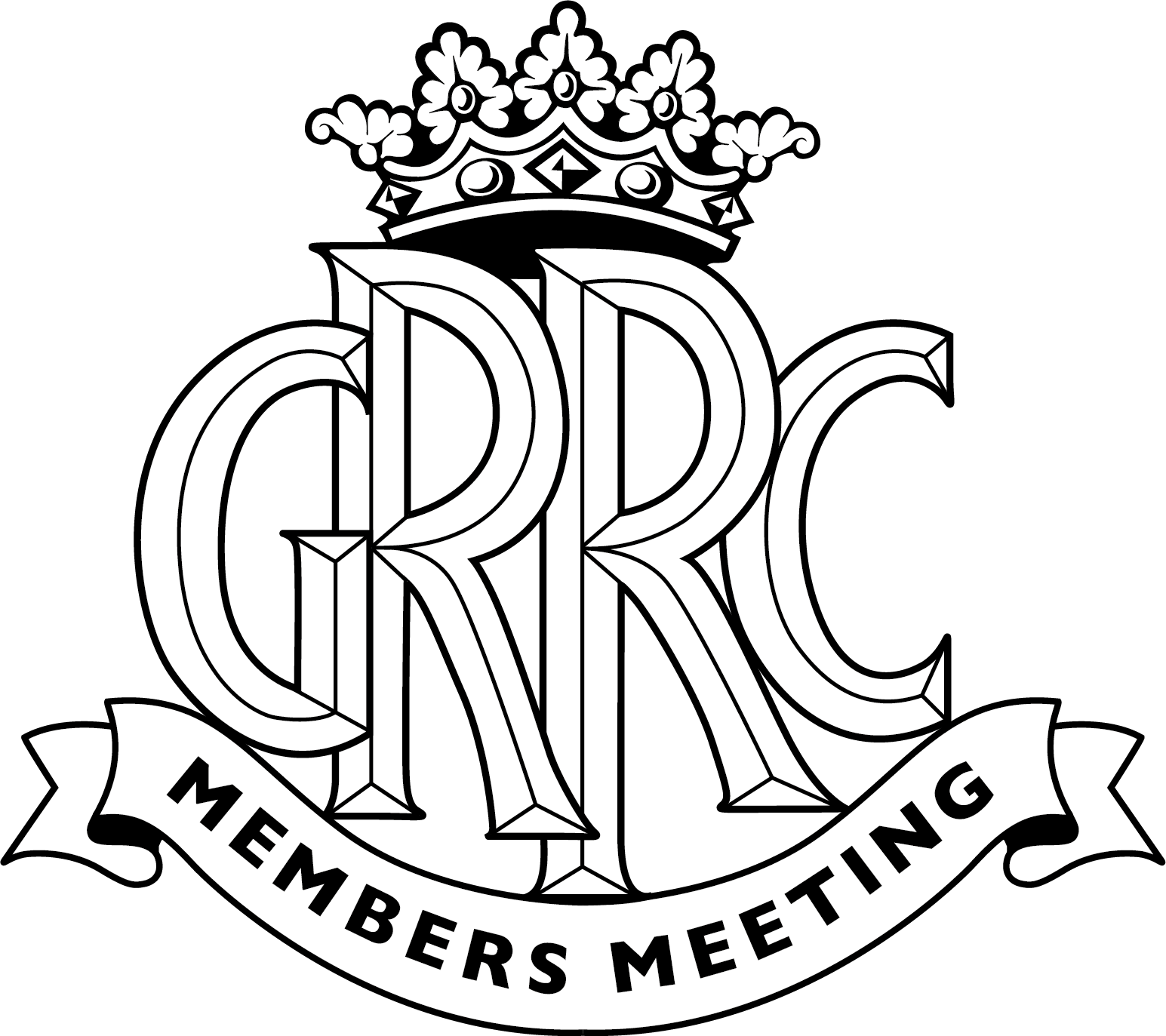The seven best cars from Carrozzeria Ghia
It may now be better known as a (former) trim level on your father’s Ford but Carrozzeria Ghia was one of the more adventurous and avant garde of the Italian coachbuilders.

Founded in 1916 by Giacinto Ghia and partner Gariglio, the firm soon established a name for itself building lightweight, aluminium bodies for Alfa Romeo, Lancia and Fiat. Its Torinese factory was destroyed by Allied bombing in 1943 with its founder dying of a heart attack the following year. The company passed into the ownership of designer Mario Boana and Giorgio Alberti before the former left in the mid-‘50s.
The 1950s and ‘60s were a fertile period for the company with Ford, Volkswagen and Volvo all commissioning designs from it. Virgil Exner at Chrysler was a particularly good customer and Ghia became the Mopar concept builder of choice. It even went into partnership to build cars of its own, the shortlived Dual-Ghia being a rarefied choice of Hollywood stars. Ronald Reagan owned a Dual-Ghia which he lost in a poker game to then president Lyndon Johnson.
Like many things Italian, Alejandro De Tomaso briefly owned Ghia in the late ‘60s before selling out to Ford in 1970. Three years later, Ghia was consigned to donating the top trim level on Granadas, Capris, Cortinas and Escorts. Still owned by Ford it today acts as the company’s concept car creator.

Alfa Romeo 6C 2500 SS Supergioiello by Ghia – 1950
Designed by the masterful yet largely unsung Giovanni Michelotti (at least in comparison to peers such as Pininfarina and Giugiaro) the Supergioielli, or ‘super jewel’, is a stunning example of the designer’s elegantly simple approach. Based on a Alfa Romeo 6C, just four were built with one receiving a bespoke chassis by Gilberto Columbo of future race winning Ferrari and Maserati fame.
Apocryphally this car was commissioned as a gift for Fangio but that has never been substantiated. Whoever the original owner was, he or she received a Michelotti masterpiece. Coming right at the beginning of the 1950s the Supergioiello must have seemed like an illustration from a sci-fi periodical about a brighter future with its two-tone paintwork, streamlined sides, simple detailing and huge chromed hubcaps. Missing for decades the car turned up in England in the 1990s before being beautifully restored.

Lancia Aurelia B20 GT – 1951
Looking at the Supergioiello it should be no surprise that Michelotti was still working with Ghia when the firm was commissioned to create a coupe version of Lancia’s new Aurelia saloon. Even more simple and elegant than the Alfa, the Aurelia B20 GT created an entirely new class of car, the Grand Tourer.
The Aurelia GT was the choice of Grands Prix drivers thanks to its advanced engineering, superb handling and performance from the world’s first production V6. Its Ghia design certainly did the mechanicals justice with a smooth fastback shape minimally accented with simple brightwork and compact dimensions for hurling round Italian Alpine passes.
Love car design? Read our list of the 12 best car dsigners.

Fiat 8V Supersonic by Ghia – 1953
Across the Atlantic the jet age meant huge fins, vast wraparound windscreens and giant chromed bumper overriders but Italian designers celebrated the zeitgeist with a bit more subtlety. The Fiat 8V had started as a project to explore a large V6-powered saloon to appeal to the American market. While that never turned a wheel, its engine acquired another couple of cylinders and a host of race-derived components. Incredibly successful in racing, Fiat also decided to fit the only overhead-valve V8 it ever built into a grand tourer.
Mistakenly believing that Ford owned the copyright for ‘V8’ the Otto Vu simply reversed the character order. Just 114 8Vs were built and only 15 wore bodywork penned for Ghia by legendary designer Giovanni Savonuzzi of Cisitalia 202 fame. Based on his design for an Alfa Romeo 1900-based racer, the Supersonic body was also fitted to Jaguar and Aston Martin but it was the proportion of the advanced Otto Vu’s chassis which showed off Savonuzzi’s work to best advantage.

Volkswagen Karmann Ghia – 1955
By the mid-1950s Luigi Segre was at the helm of Ghia and keen to expand its reputation abroad. His counterpart Wilhelm Karmann was likewise keen to grow his family’s eponymous German coachbuilding firm into a volume manufacturer. Between them the pair hatched a plan to create a halo model for Volkswagen’s Beetle which would be designed in Italy and built in Germany. Segre secretly bought a Beetle in Paris, which Boana’s son drove back to Turin. Five months later it was back in Paris being presented to Karmann as a new sports coupe for him to build for VW.
Various designers have been accredited to the Karmann Ghia, including Segre, Boano and Savonuzzi but the design itself took very clear, let’s say inspiration from Virgil Exner’s Chrysler d’Elegance of 1952. A concept which Ghia had just happened to build for the American car giant. Thankfully Exner obviously followed the truism that imitation is the sincerest form of flattery and was delighted that his concept had made it into large scale production; nearly half a million Karmann Ghia coupes and convertibles were built over a 19-year period.

Ghia L6.4 – 1962
The late ‘50s saw Ghia collaborate with the Dual-Motors Corporation of Detroit, building a limited series of very high end luxury convertibles based on the Virgil Exner designed and Ghia-built Dodge Firearrow concepts. When that project came to an end, largely due to Chrysler moving away from body-on-frame construction, Ghia moved forward with its own luxury coupe replacement.
Long and low, with a name taken from the 6.4-litre V8 under the acreage of bonnet the L6.4 abounds with numerous jet age design touches that have been elegantly executed from the ramjet-scoop spring grille and the cockpit like glass area to the rear lights inset into vestigial fins. Like its predecessor, the L6.4 became a Hollywood hit, ending up in the garages of Frank Sinatra, Dean Martin and Lucille Ball.

Ghia 450SS – 1966
Following on from the ultra-exclusive L6.4 Ghia hoped to become more of a volume manufacturer and to this end engineered a sleek coupe based on Fiat 2300 mechanicals, the Ghia 230 S (clearly the company’s creative flair failed to extend to naming its cars). This never proceeded past the prototype stage – of which one still exists – but its design did see production, based on a Plymouth Barracuda.
Now a hardtop convertible – losing the sloping fastback of the 230 S – the 450SS carried shades of the contemporary Fiat Dino and Aston Martin V8 in its torpedo-like body which was now fairly far removed from its Barracuda beginnings with a ladder chassis and semi-monocoque body. The marriage of American power and Italian styling is usually a fruitful one but the Ghia did not enjoy the Hollywood cachet of its forebears despite costing Ferrari money and only 52 were sold.
From one design house to another, have a look at our list of the eight best Pininfarina road cars.

Isuzu Bellett MX1600 – 1969
As far as the list of cars which may have provided inspiration for the De Tomaso Pantera goes, a small Isuzu concept car seems an unlikely inclusion. A small sedan replacing the Hillman Minx that Isuzu had hitherto built under licence, the Bellett was the first car from the marque to be sold in Europe. The Bellett also spawned a coupe and cult GT-R variant which were popular enough for Isuzu to consider a halo model, for which they approached Ghia.
Behind the drawing table at the time was Tom Tjaarda who designed them a low-nosed wedge with the Bellett’s 1.6-litre engine mid-mounted and driving the rear wheels through a five-speed gearbox. The car featured an electrically controlled wing integrated into its nose and race-derived suspension and brakes. An updated concept was presented the following year and allegedly three prototypes were built for testing but it never entered production. Later of course an Isuzu engine would power the M100 Lotus Elan but imagine how history might have been different had Isuzu built their own pint-sized supercar.
Lancia, Fiat, Volkswagen, L6.4 and 450SS images courtesy of Bonhams.
Ghia
List
Karman Ghia
Volkswagen
Fiat
Alfa Romeo
6C
Lancia
Aurelia
Isuzu
Bellet






































































